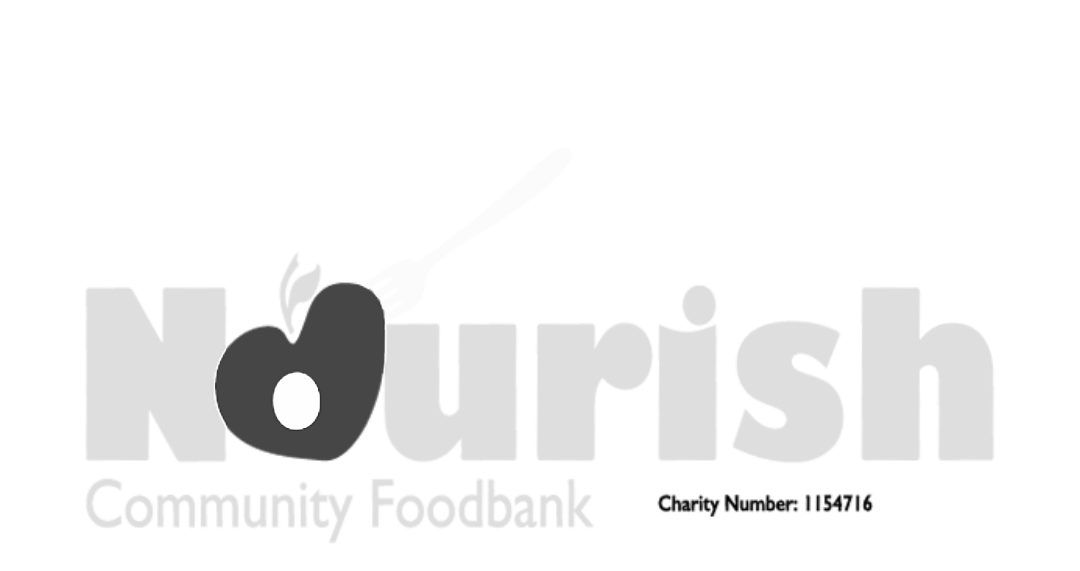Travel and subsistence – some basics
Travel and subsistence – some basics
Our third Thorny Issue article will look at travel and subsistence. These rules do vary depending on whether you are self-employed, employed or a company director. However, there is one thing in common, any expenses must be wholly and exclusively business related. This applies all the way through. Combined business and personal travel or subsistence expenses are not allowed. You must always deduct any non-business element.
For the purposes of this article we will focus on the self-employed and company directors.
You can claim for travel and subsistence when:
- Travel for work outside the normal commute
- Food and drink during the day on journeys outside the normal pattern of work
- Overnight accommodation on work journeys
- Dinner and breakfast when staying overnight
However, it cannot be claimed when:
- Normal commute to and from base of work
- Food and drink on journeys as part of the normal pattern of work
- Parking fines, speeding tickets and other penalties
- Travel costs not exclusively for work
Where is my usual place of work?
The first thing you need to think about is your base of work, so that you can work out what is your ordinary commute. If you rent working space anywhere then it is generally straightforward as that will be your base of work. If you mainly work from home then that will usually be your base. If you don’t rent space and are generally out and about e.g. a plumber, then your base might also be home. This is particularly true if you are claiming use of home as an office as part of your expenses.
You can’t include any expenses for your journey between your home and base of work as this is considered to be part of your ordinary commute. Other travel outside the ordinary commute is generally allowed provided it is “wholly and exclusively” for work purposes. Using a private car the best way to reclaim your cost of travel is by pence per mile and you can also claim other travel expenses such as airfares, rail, taxis, bus, congestion charge, toll charges. If you drive a van, eg, a plumber again, the whole cost of your vehicle can be reclaimed as a company vehicle.
You can’t claim for penalties and fines, so no speeding or dodgy parking. You also can’t claim for Oyster card top-ups if you also use the card for personal travel. Although it sounds picky why not have two cards. You can also use debit and credit cards so it makes it even easier to put the journey on either your personal or business bank account.
What meals can I claim?
“Everyone must eat to live” says the tax office, which means that in general you can’t include your day to day meals as a business expense. However, there is recognition that meals while out and about traveling can end up costing more. The question then becomes is the journey one that you make infrequently and outside your normal pattern of work?
If the travel is part of your normal pattern of work then you can’t have any meals during the day e.g. a plumber travels and works out and about at various client sites. The travel costs are allowable but the subsistence is not because it is part of the normal work pattern. This also applies to contractors who mainly work in the same office. For example, a contractor who works in London can’t claim lunch or coffee expenses as the office would be deemed their place of work and such expenses would be within a normal pattern of work.
If the journey is more of a one-off and not part of the normal work pattern then you can include meal expenses during the day e.g. an architect working from home can include both travel and meals costs for a whole day out at a conference.
Staying away
If your business requires a trip with an overnight stay then you can claim for the cost of the accommodation and reasonable expenses for the evening meal and breakfast.
However, beware – anything claimed for locations too close to your base of work might not be considered to be subsistence and also bear in mind that the HMRC guidance says reasonable costs. So the Michelin star restaurant may be out of bounds while away on a business trip. Also alcohol is not subsistence unless it is purchased with a meal and even then it must be reasonable e.g. one drink or half a bottle of wine.
These rules really apply for both the self-employed and Company Directors. It is important that Company Directors only claim back the actual cost or they may find that their reimbursable expenses should be reported via the P11D. This extra level of reporting is overcome by paying for expenses directly from the business either by debit or credit card.
Recently, further rules have been brought in to further clamp down on what travel and subsistence can, and can’t be claimed. If you do have any specific questions please do contact us to discuss further.









